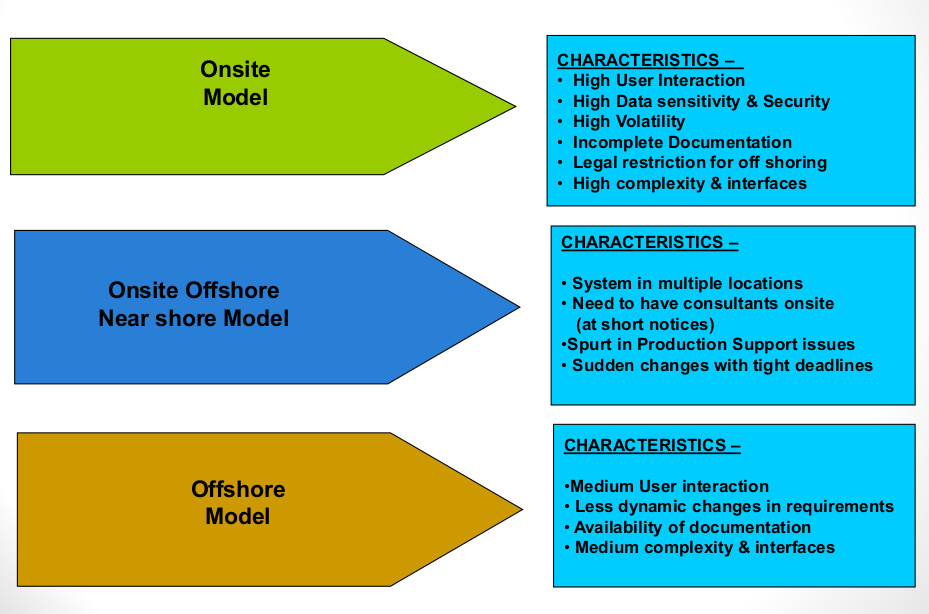The phenomenon of globalization has been analyzed under the most different perspectives, but the consensus among all the opportunities created by technological advances in communications and information technology are the key factors that allow the occurrence of a breakthrough as significant as the interaction between individual and organizations around the world. The remarkable technical progress in memory capacity of computers, software user friendly language to a huge numbers of users, and the development of the Internet and other media between computers, paved the way for the role of computers that is growing irreversibly within organizations, and even inside our homes. The governments of various countries understand the irreversibility of this process and the importance of its impact on their economies and seek to discuss the rules of inclusion and control. In India this is initiating discussion and there are difficulties in its development, probably due to the complexity of the subject and the dynamic nature of computing itself and its multiple uses by society.

